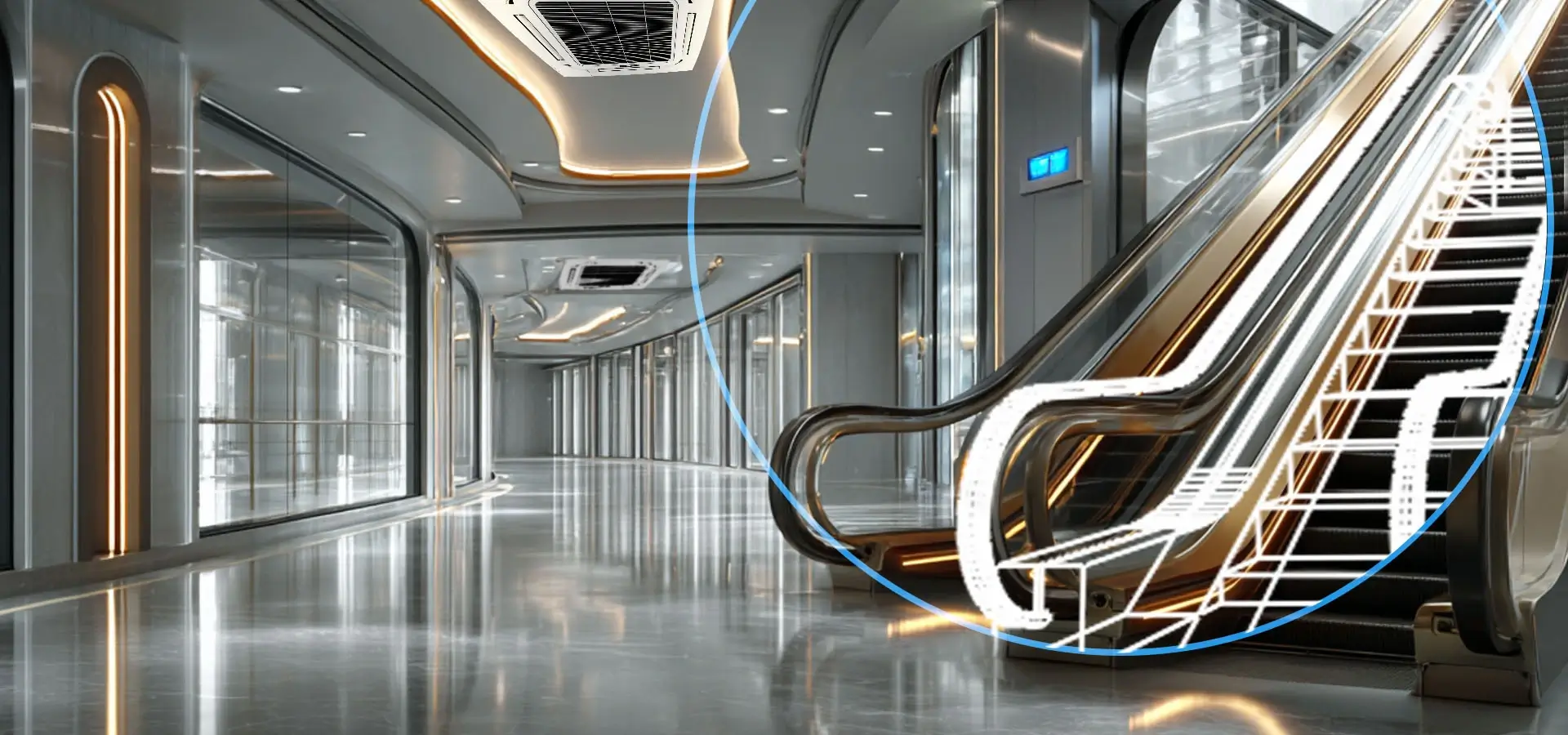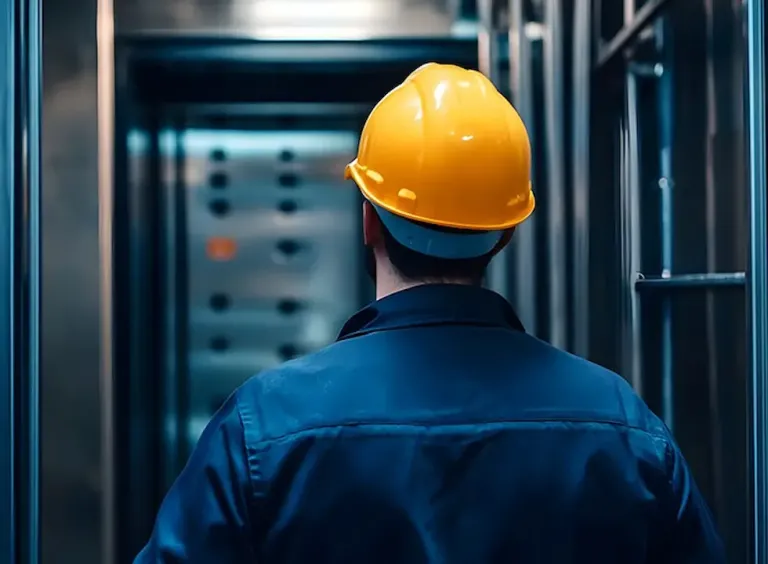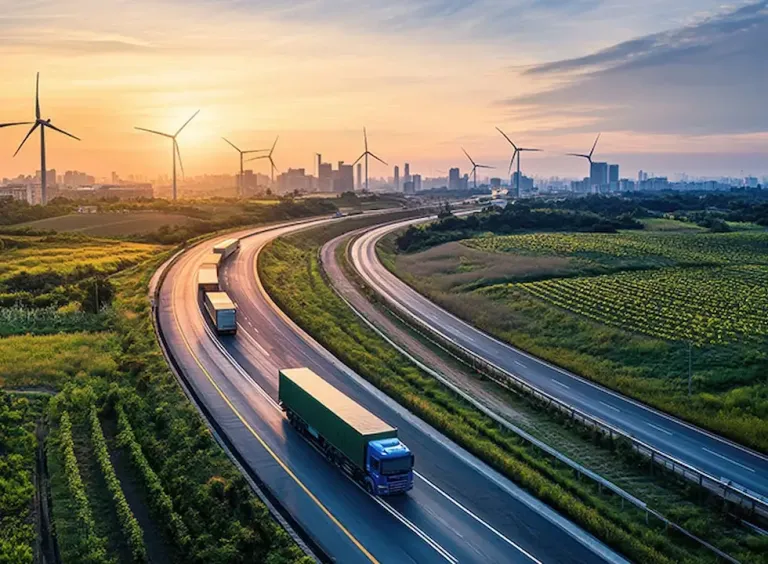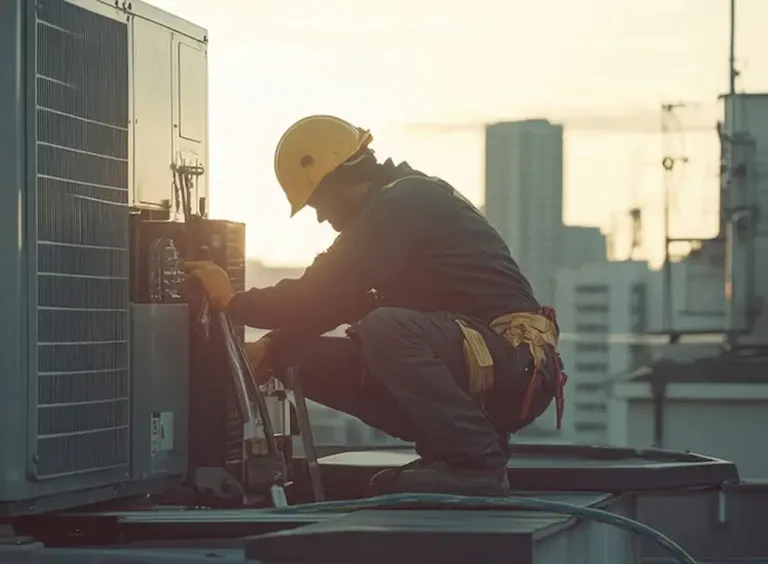Building Equipment
Reimagining elevators, escalators and HVAC systems starts in the virtual world. Here’s how the 3DEXPERIENCE® platform brings this vision to life.
Transforming Building Equipment With Digital Innovation
As buildings become more intelligent and regulated, the systems that support them must advance just as quickly. Manufacturers of elevators, escalators, heating, ventilation and air conditioning (HVAC) systems, and access control systems today face mounting pressure to deliver smarter, safer and more sustainable solutions. To stay competitive, OEMs must streamline product development, comply with evolving energy and safety standards, and unlock equipment innovation through data-driven services.
Through cutting-edge digital capabilities such as virtual twins, Dassault Systèmes helps building equipment manufacturers optimize every stage of the equipment lifecycle — from engineering to manufacturing to maintenance and modernization.
Key Challenges in Building Equipment Manufacturing
- Sustainable buildings
- Urbanization expansion
- Maintaining equipment
- Ecosystem complexity
- Equipment as-a-Service
Sustainable and Energy-Efficient Buildings
Buildings currently account for 37% of global carbon emissions, primarily due to the energy required for heating, cooling and powering them. In line with the sustainability targets of the Paris Agreement, which mandates that buildings operate at net-zero carbon by 2050, energy saving, recovery and optimization have become top priorities for building equipment manufacturers.
Growing sustainability pressures, new energy building codes and environmental, social and governance (ESG) policies are driving manufacturers to develop higher-performing, energy-efficient equipment — harnessing variable-speed drives (VSDs), soft starters and smart motors — and to use low global warming potential (GWP) refrigerants and fluids. From materials sourcing to optimized manufacturing, OEMs must look at ways to reduce their environmental impact throughout the value chain.
Demographic and Urbanization Expansion
Rising temperatures, a fast-growing population and unabated urbanization continue to drive demand within the building equipment sector for HVAC systems, elevators and more. Considering that half of the buildings that will exist by 2050 have not yet been built, equipment manufacturers must find ways to accelerate product development and optimize their production processes. Breaking down organizational silos and taking a data-driven approach will help accelerate research and development (R&D). This enables manufacturers to deliver new equipment that aligns with zero-emissions building energy codes and achieves high energy efficiency as well as performance targets.
Modernizing and Maintaining Equipment
Around three-quarters of buildings today are deemed energy inefficient. Yet, even more than that are expected to remain in use in 2050 and beyond. In the coming years, existing buildings will need to be upgraded to improve energy efficiency and adapt to climate change. Likewise, decades-old equipment must be maintained, repaired and refurbished to increase quality, performance and User Experience.
To do this, building equipment manufacturers could turn to virtual twins and simulation capabilities to track their aging installed base, manage retrofits and carry out predictive maintenance. Their emphasis will shift to hypercare and modernization as the market keeps up with ever-increasing regulations and as calls grow for ways to reduce energy consumption and operational costs.
Ecosystem and Supply Chain Complexity
Buildings are fast transforming into complex systems that combine hardware, software, sensors and internet of things (IoT) devices. Enhanced connectivity and data analytics capabilities continue to drive improvements in energy efficiency and occupant comfort, monitoring and optimizing everything from building temperatures and lighting to access and people flow management.
Becoming part of a wider systems-of-systems ecosystem, building equipment manufacturers will need to collaborate with many stakeholders across the value chain, including architects, contractors, partners, suppliers and end customers. Whether it’s new construction or modernization projects, they will need to overcome integration and installation challenges — providing all the correct equipment elements at the right time on-site. Turning to modern approaches like model-based systems engineering (MBSE), where they can virtually model, integrate and simulate equipment within the ecosystem, will help them keep projects on track, minimize downtime and maximize profit and customer satisfaction.
Shift To Performance-Based Equipment and Services
As the building sector increasingly focuses on maintenance and repair, building equipment manufacturers are becoming part of the wider shift to service-based business models, where customers buy performance and operational uptime rather than the equipment itself. Delivering Equipment as-a-Service (EaaS) calls for greater connectivity and data-driven insights so that all stakeholders in the value chain can track equipment activity and usage.
Alongside opportunities to save costs and energy, these performance-based business models also offer potential for new air quality services and comfort to further enhance occupant well-being and productivity.
Sustainability in Building Equipment Manufacturing
Sustainable design isn’t just good for the planet — it’s a smart business move. But it doesn’t end there; sustainability must be embedded in the way building equipment is manufactured. As the sector pushes toward energy-efficient industrial equipment and net-zero carbon goals, OEMs are under pressure to support sustainable construction without sacrificing speed or performance.
With digital tools powered by the 3DEXPERIENCE platform, manufacturers gain the ability to simulate environmental impact, fine-tune designs for optimum efficiency and make better material choices from the start — all while enhancing construction planning and driving long-term operational cost reduction.
This digital-first approach transforms the manufacturing process itself. By improving visibility across the construction supply chain and driving real equipment innovation, OEMs can reduce emissions, conserve resources and deliver future-ready HVAC systems and people flow solutions built for tomorrow’s low-carbon future.
How to Transform Your Business From Design to Service
Accelerate innovation through simulation and MBSE
Use model-based systems engineering to develop smarter, safer and more efficient systems.
Enable virtual testing and validation
Reduce physical prototypes with simulation to improve speed, safety and cost-efficiency.
Deliver connected, service-ready equipment
Embed IoT and analytics into building systems for proactive maintenance and operational insights.
Ready to Deep Dive Further Into the Building Equipment Sector?
Key Benefits of Digital Transformation in Building Equipment
Faster time-to-market
Digitally simulate and validate complex equipment before launch.
Improved compliance and safety
Design with built-in traceability and global certification awareness.
Increased product quality and reliability
Detect design flaws earlier through integrated testing.
Enhanced lifecycle service models
Offer predictive and condition-based maintenance services.
More efficient engineering and production
Connect product development and manufacturing in real time.
Lower operational and development costs
Minimize expensive rework, physical prototyping and unplanned downtime.
Virtual Twin Technology and Building Equipment
In an industry where downtime is costly and efficiency is everything, virtual twin technology redefines how building equipment is designed, deployed and maintained. By powering advanced building simulation through digital replicas of physical assets, virtual twins enable construction efficiency and sustainable building practices. OEMs can simulate equipment behavior under real-world conditions, monitor performance in real time and plan for equipment upgrades — all before deployment.
Whether it’s optimizing airflow in a complex HVAC network or simulating elevator traffic in a high-rise development, virtual twin technology helps teams make informed decisions that align with construction best practices and safety standards. This technology transforms equipment lifecycle management with real-time monitoring and predictive maintenance capabilities. Manufacturers can anticipate issues, minimize disruptions and extend service life like never before, ultimately slashing operational costs in the process. For innovators, virtual twin technology isn’t just a tool — it’s a catalyst for breakthroughs, delivering next-generation machinery faster, tailored for circular, sustainable excellence.
Our Success Stories in Building Equipment

Premekon
Premekon leverages Dassault Systèmes’ industry solution to design and manufacture steel structures and service platforms.











